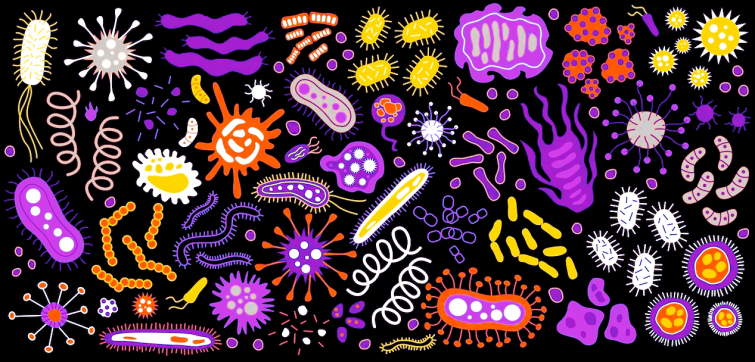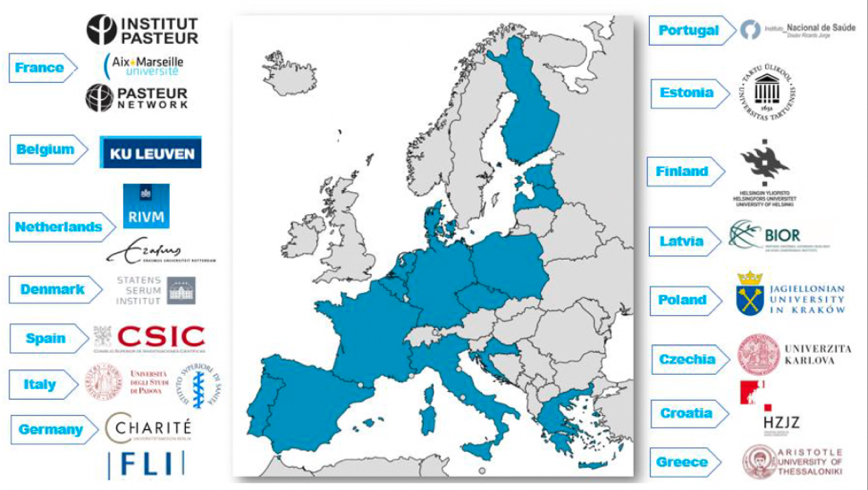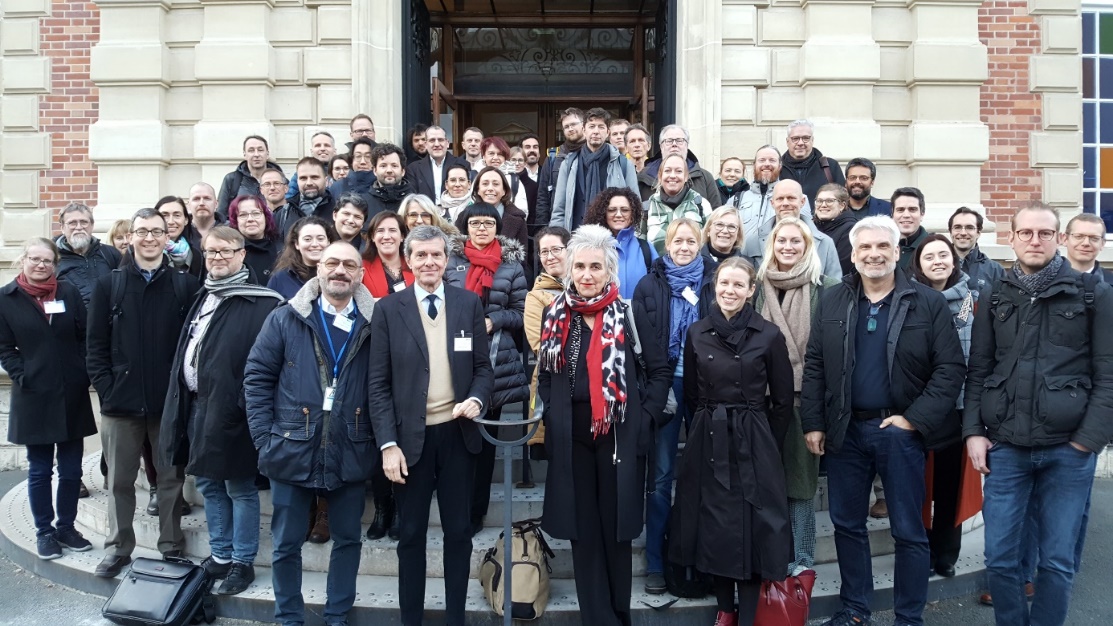
 Research
Research
DURABLE, a large-scale project led by the Institut Pasteur within the EU4Health European program
The increased frequency and complexity of infectious diseases pose health threats that require a coordinated, fast and effective response.
With a €25 million EU contribution over four years and 19 partners (see below), DURABLE (Delivering a Unified Research Alliance of Biomedical and public health Laboratories against Epidemics) is a unique consortium of research and public health laboratories across Europe which will help to build stronger, more resilient and more accessible health systems. DURABLE was funded under the EU4Health programme – one of the main funding tools of the European Health Emergency and Preparedness Response Authority (HERA).
DURABLE is coordinated by Dr. Jean-Claude Manuguerra – Environment and Infectious Risks Unit within the Department of Global Health. Its main objective is to develop a one-stop-shop for emerging disease laboratory preparedness and establish a sustainable network of laboratories and research institutes that can address the barriers of better preparedness, and provide alerts, real-time scientific data and integrated analyses to HERA and other relevant European authorities such as ECDC.
By facilitating contacts between the main players and stakeholders in the field, the Institut Pasteur Grant Office (GO) has played a central role in shaping the network at record speed. Key to the success of DURABLE was also the GO’s expertise in identifying and organizing goals, priorities, management procedures and in preparing the ground for a fast-acting new network of experts in support of EU citizens.
The Pasteur Network (PN) is a DURABLE project partner. The PN teams will lend their expertise to devising a suitable training program to harmonize knowledge within the consortium and its wider network. The program will promote interactions between laboratories and notably help improve knowledge of biosafety measures in crisis situations, diagnostic methods and sequencing, as well as include hands-on activities in preparation for pandemics.
Contact information: durable@pasteur.fr
- Focus on partners:
DURABLE and its 19 partners bring together all key research laboratory players in the field of emerging diseases in Europe, including several public health institutes and centers of excellence in 15 EU countries within an established network of global contacts and experts providing high-level advice and oversight.

DURABLE partners & affiliated entities
• INSTITUT PASTEUR (IP)
• PASTEUR NETWORK (PN)
• KATHOLIEKE UNIVERSITEIT LEUVEN (KU Leuven), Belgium
• STATENS SERUM INSTITUT (SSI), Denmark
• FRIEDRICH LOEFFLER INSTITUT - BUNDESFORSCHUNGSINSTITUT FUER TIERGESUNDHEIT (FLI), Germany
• CHARITE - UNIVERSITAETSMEDIZIN BERLIN (CHARITE), Germany
• ERASMUS UNIVERSITAIR MEDISCH CENTRUM ROTTERDAM (EMC), Netherlands
• PARTIKAS DROSIBAS, DZIVNIEKU VESELIBAS UN VIDES ZINATNISKAIS INSTITUTSBIOR (BIOR), Latvia
• UNIVERSITE D'AIX MARSEILLE (AMU), France
• RIJKSINSTITUUT VOOR VOLKSGEZONDHEID EN MILIEU (RIVM), Netherlands
• UNIVERSITA DEGLI STUDI DI PADOVA (UNIPD), Italy
• UNIWERSYTET JAGIELLONSKI (JU), Poland
• AGENCIA ESTATAL CONSEJO SUPERIOR DE INVESTIGACIONES CIENTIFICAS (CSIC), Spain
• HELSINGIN YLIOPISTO (UH), Finland
• ARISTOTELIO PANEPISTIMIO THESSALONIKIS (AUTH), Greece
• INSTITUTO NACIONAL DE SAUDE DR. RICARDO JORGE (INSA), Portugal
• UNIVERZITA KARLOVA (CU), Czechia
• ISTITUTO SUPERIORE DI SANITA (ISS), Italy
• TARTU ULIKOOL (UTARTU) Estonia
• HRVATSKI ZAVOD ZA JAVNO ZDRAVSTVO (CIPH), Croatia
- Kick-off meeting of DURABLE
The kick-off meeting of DURABLE, held in Paris (Feb. 28-Mar. 1) in the presence of Dr. Wolfgang Phillip, Deputy Director General of HERA, was the first of many occasions during which researchers and experts will be able to get together and meet European institutions in a one health approach to address the barriers of better preparedness through research and provide real-time scientific data and integrated analyses to HERA.
